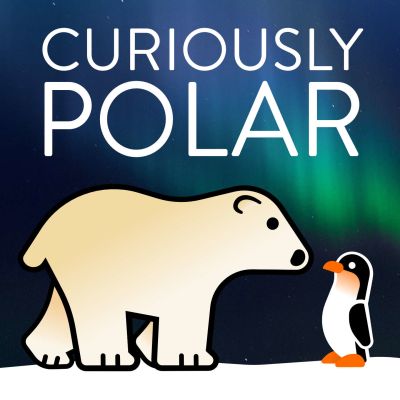The Arctic and the Antarctic are privileged locations for observers interested in understanding how our world is shaped by the forces of nature and the workings of history. These areas have inspired countless humans to undertake epic expeditions of discovery and have witnessed both great triumphs and miserable defeats. As a planetary litmus paper it is at the poles we can detect the effects of natural oscillations and human activities on the global ecosystems.
https://curiouslypolar.com/
036 Effects of the Long Winter
[Disclaimer: This episode does not constitute medical advice] Winter and darkness have effects on people everywhere but living in the polar areas exposes the population to more extreme conditions with the drastic reduction or absence of sun exposure. The effects of not being exposed to a constant or nearly constant day/night cycle may cause winter depression/blues also called Seasonal Affective Disorder or SAD that result in disruption of circadian rhythm with sleeping trouble, low energy and low immune function.
It is not well known what are the physiological bases of SAD, but it may be caused by low serotonin levels. Also the melatonin cycle plays a role in regulating the biological clock and is influenced by changes in daylight. Another factor that may contribute to the insurgence of the syndrome is [vitamin D](
https://www.psychologytoday.com/blog/the-red-light-district/201501/vitamin-d-and-seasonal-affective-disorder-symptoms) deficiency, which is due to low of UVB radiation exposure as the human body cannot produce it endogenously. In order to boost vitamin D one may want to resort to a targeted diet (including fatty fish, mushrooms, eggs) or treatment with special SAD Lamps. Some mammals are better adapted than others to living in the low light conditions in the Arctic: Video
